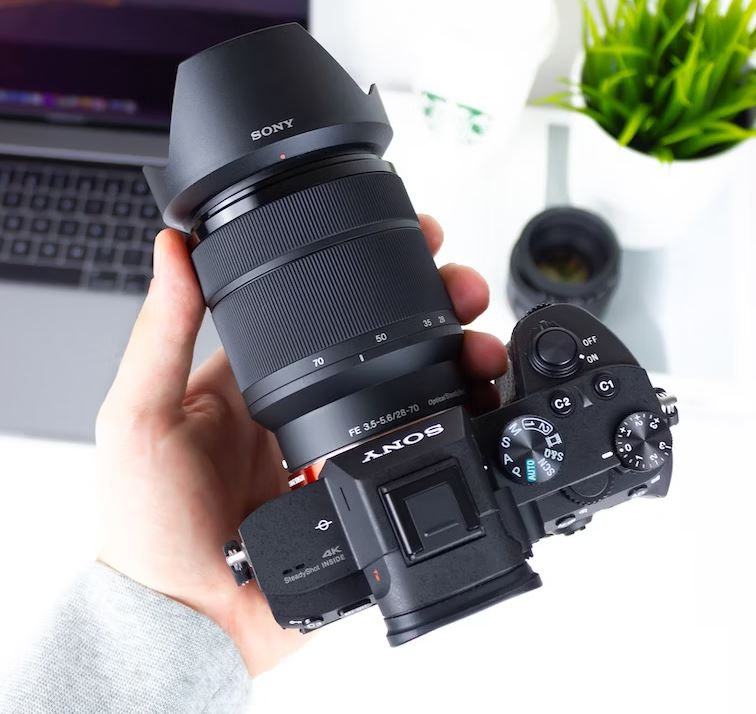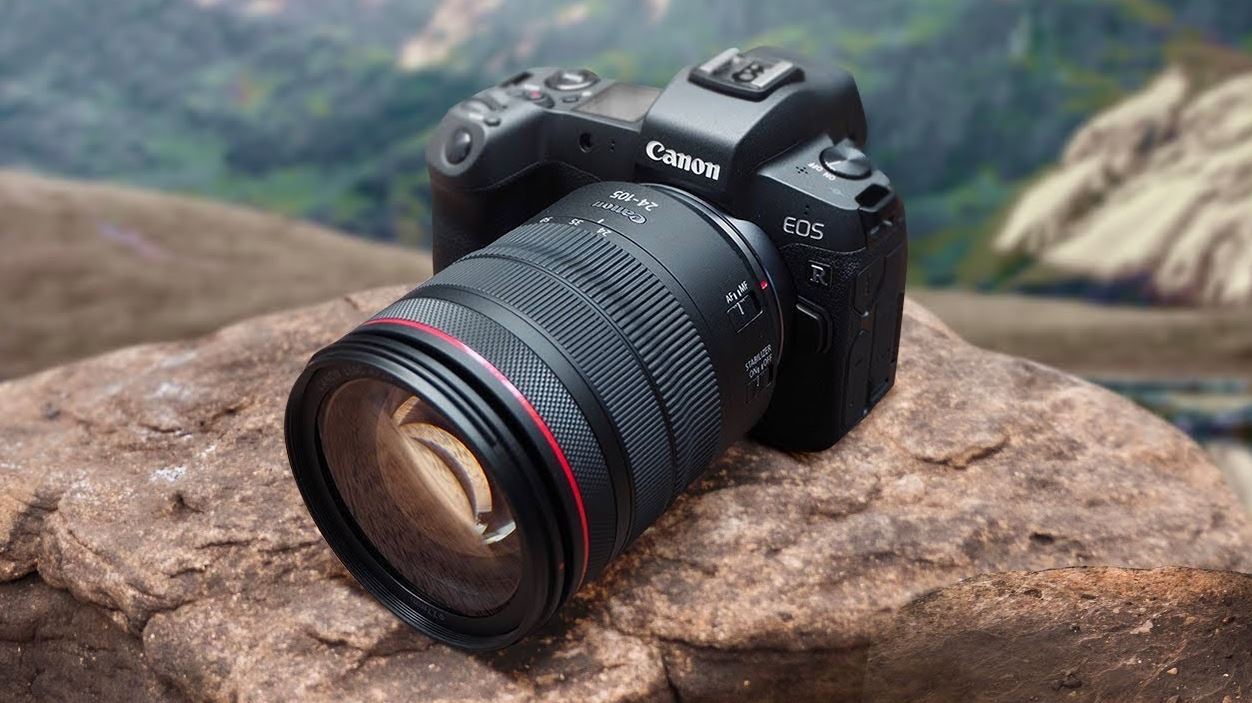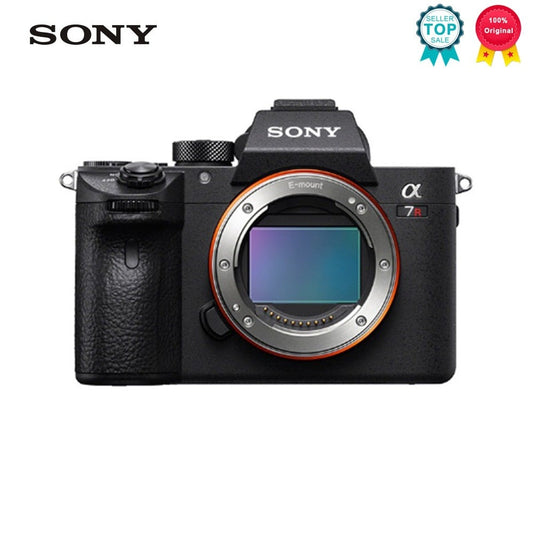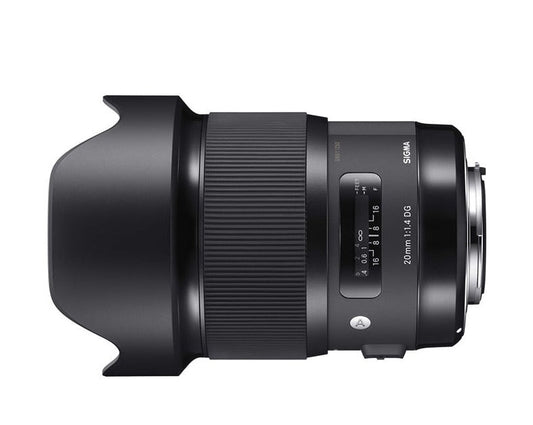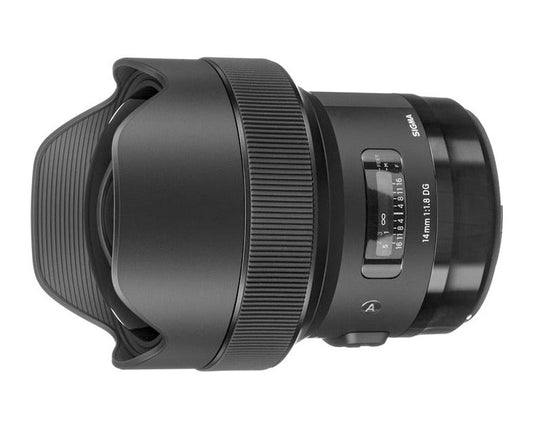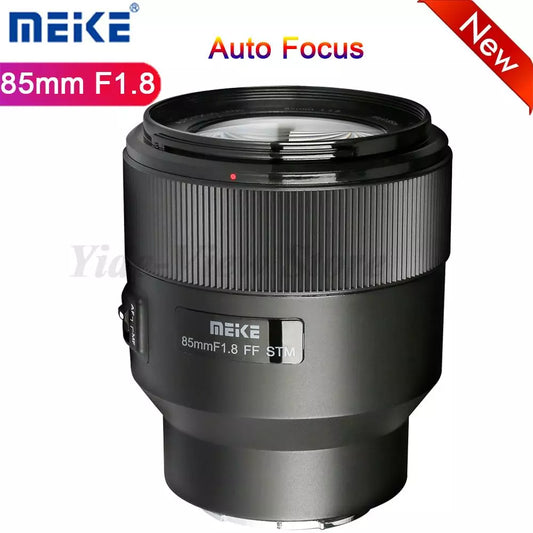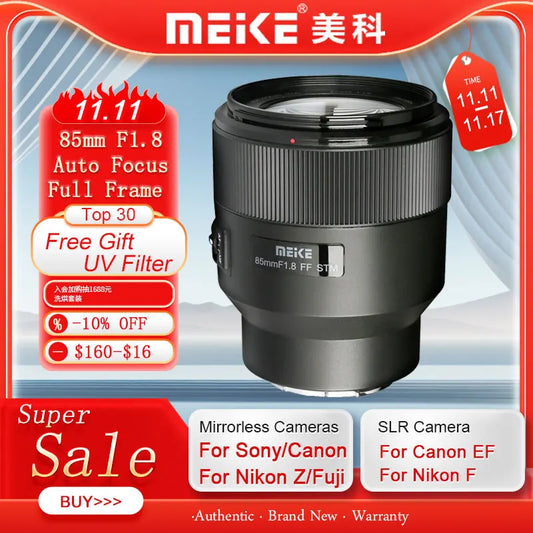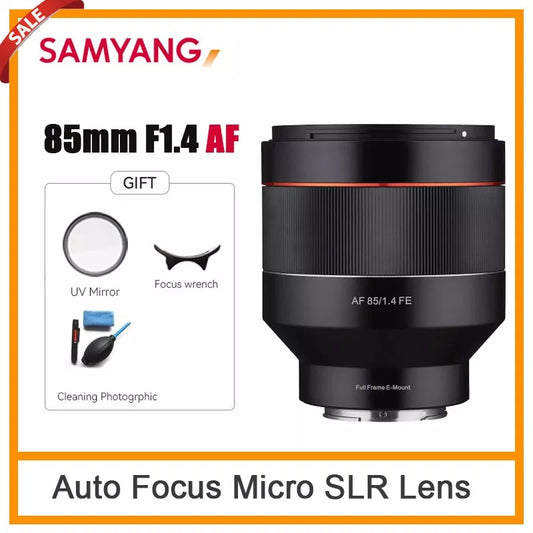Astrophotography is not just about pointing a camera at the night sky and taking a shot. It's an art form that requires precision, knowledge, skill, and the right equipment. For those who are using Sony cameras and looking to explore the world of astrophotography, the lens choice is paramount. Here, we will delve into the details of some of the best lenses you can pair with your Sony camera for breathtaking captures of the universe.

Understanding Widefield and Fast Lenses
The beauty of the night sky is vast and mesmerizing. To capture it, you need a lens that can encompass a wide field and allow enough light to interact with the sensor. Widefield and fast lenses have large apertures and wide angles, making them ideal for astrophotography. These lenses allow for stunning star trails, detailed shots of planets, and vivid captures of nebulae and galaxies.
1. Sigma 14mm f/1.8 DG HSM Art

The Sigma 14mm f/1.8 DG HSM Art lens is a wonder for night sky enthusiasts. With an aperture of f/1.8, it's exceptionally fast, allowing for more light capture in a shorter exposure time. The 14mm focal length provides a wide field of view, perfect for capturing large portions of the sky. It's also equipped with a Hyper Sonic Motor (HSM) that ensures quiet and smooth autofocusing. The lens's construction includes three F Low Dispersion (FLD) elements that minimize chromatic aberration, delivering sharp and high-contrast images. Whether it's the Milky Way or a meteor shower, this lens makes capturing these celestial phenomena a joy.
2. Sony FE 20mm f/1.8 G

Sony's own FE 20mm f/1.8 G lens is a top contender in the field of astrophotography. This wide-angle lens has an aperture of f/1.8, making it fast and suitable for low light conditions. The 20mm focal length provides a broad perspective, allowing you to encompass large celestial formations. The lens is designed with two advanced aspherical elements that contribute to its high resolution and sharpness. Additionally, the Nano AR Coating helps in reducing flare and ghosting, particularly useful when shooting bright stars or the moon. The lens's quiet and precise autofocus adds to its appeal, ensuring that you can focus on your subject with ease and accuracy.
3. Sigma 20mm f/1.4 DG HSM Art

The Sigma 20mm f/1.4 DG HSM Art lens is another masterpiece for those looking to delve into astrophotography. With an incredibly wide aperture of f/1.4, it allows maximum light intake, ideal for capturing faint stars and distant galaxies. The 20mm focal length offers a broad view of the night sky, enabling stunning compositions of celestial objects. This lens features Sigma's Hyper Sonic Motor (HSM) for smooth and quiet focusing, and its lens construction includes several Special Low Dispersion (SLD) elements that minimize optical aberrations. The combination of high performance, quality construction, and artistic potential make this lens an outstanding choice for anyone eager to explore the universe through their camera.
4. Sigma 24mm f/1.4 DG HSM Art

The Sigma 24mm f/1.4 DG HSM Art is a lens that astrophotography enthusiasts will find remarkable. With an aperture of f/1.4, it provides incredible light-gathering capabilities, perfect for those long-exposure shots of the night sky. The 24mm focal length offers a wide field of view, allowing photographers to include interesting foregrounds in their celestial compositions. Built with 15 elements in 11 groups, this lens has been engineered to minimize distortions and chromatic aberrations. Its Hyper Sonic Motor (HSM) ensures quiet and smooth autofocusing, and the lens's Thermally Stable Composite (TSC) material construction adds to its durability. Whether capturing the streak of a shooting star or the faint glow of a distant galaxy, this lens stands up to the task.
5. Sony FE 24mm f/1.4 GM

Sony's FE 24mm f/1.4 GM lens is a prime example of engineering excellence suitable for astrophotography. The f/1.4 aperture opens up the possibilities for low-light photography, enabling the capture of fine details in the night sky. The 24mm focal length provides a wide perspective, perfect for framing large constellations or celestial events. What sets this lens apart is its compact and lightweight design, coupled with outstanding optical performance. The Direct Drive SSM (DDSSM) ensures precise and quiet focusing, while the lens's two XA (extreme aspherical) elements contribute to its remarkable resolution and clarity. This lens's construction is also weather-sealed, providing additional protection during those late-night outdoor photography sessions.
6. Sigma 16mm f1.4 DC DN

For those looking for an even wider perspective, the Sigma 16mm f1.4 DC DN is an excellent choice. This lens's f/1.4 aperture is perfect for astrophotography, as it lets in an ample amount of light, crucial for capturing the dimmest stars. The 16mm focal length allows for expansive views of the sky, ideal for photographing large celestial formations like the Milky Way. This lens is part of Sigma's Contemporary line, blending excellent performance with compact design. It features a stepping motor for smooth and quiet autofocus, suitable for both photography and video. Its nine-bladed diaphragm helps create beautiful starburst effects on bright stars, adding to the artistic possibilities. The combination of wide angle, fast aperture, and high-quality construction make this lens an exciting option for anyone passionate about astrophotography.
7. Sigma 28mm f/1.4 DG HSM Art

The Sigma 28mm f/1.4 DG HSM Art lens combines the best of both worlds: a relatively wide angle and a large aperture. The 28mm focal length offers a broad view of the night sky, perfect for capturing the sweeping arcs of stars or the expanse of the Milky Way. The f/1.4 aperture allows a great amount of light to reach the sensor, ensuring bright and detailed images even in low-light conditions. Its Hyper Sonic Motor (HSM) ensures smooth and fast autofocusing, and the nine-bladed rounded diaphragm contributes to a pleasing bokeh, enhancing the aesthetic appeal of bright celestial objects. Built with 17 elements in 12 groups, this lens is designed to reduce aberrations and distortions, delivering sharp and high-contrast images.
8.Sigma 24mm f/2 DG DN Contemporary

A more recent addition to Sigma's line-up, the 24mm f/2 DG DN Contemporary lens, offers a wide field of view along with a fast aperture, making it suitable for astrophotography. The 24mm focal length enables capturing large parts of the night sky, while the f/2 aperture ensures good low-light performance. This lens's optical construction includes one Special Low Dispersion (SLD) element and three aspherical elements to reduce chromatic aberrations and ensure sharpness across the frame. The stepping motor offers smooth and quiet autofocus, making it convenient for both stills and video. The lens's contemporary design ensures a compact and lightweight build, making it an easy addition to any astrophotographer's kit.
9. Sony FE 35mm f/1.4 GM

The Sony FE 35mm f/1.4 GM might be considered slightly less wide than other options, but it's a fantastic lens for capturing celestial events. Its f/1.4 aperture ensures that plenty of light reaches the sensor, allowing for shorter exposure times or lower ISO settings, essential for clear and noise-free astrophotography. The 35mm focal length offers a balance between a wide perspective and the ability to focus on specific areas of interest in the sky. This lens features two XA (extreme aspherical) elements and one ED (Extra-low Dispersion) element, contributing to its high resolution and minimal aberrations. Its Nano AR Coating II reduces flare and ghosting, especially important when photographing bright stars or planets. The combination of quality, versatility, and performance makes this lens a valuable asset for astrophotographers using Sony cameras.
10. Sigma 14-24mm f/2.8 DG DN Art

The Sigma 14-24mm f/2.8 DG DN Art is an ultra-wide zoom lens that offers immense creative flexibility for astrophotographers. The wide 14mm end allows for breathtaking vistas of the night sky, while the f/2.8 aperture ensures excellent low-light performance. The lens is constructed with a combination of FLD and SLD elements, delivering high image quality with minimal distortions and aberrations. Its Nano Porous Coating (NPC) and Super Multi-Layer Coating reduce lens flare and ghosting, particularly important when shooting near bright celestial objects. This lens's versatility and optical excellence make it a fantastic option for those looking to explore the night sky in various ways.

Conclusion
Astrophotography is a fascinating and rewarding pursuit, and having the right lens is paramount to achieving the desired results. The lenses highlighted here, with their combination of wide angles and fast apertures, are specifically tailored for capturing the wonders of the night sky. From the broad sweep of the Milky Way to the delicate dance of distant stars, these lenses open up new horizons for creative expression and exploration. Sony and Sigma's commitment to quality and innovation ensures that astrophotographers have the tools they need to explore the universe from the comfort of Earth, one snapshot at a time.

More Best Lenses for Astrophotography Topics:
- Best Lenses for Astrophotography
- Best Lens for Astrophotography Canon
- Best Lens for Astrophotography Nikon
- Best Lens for Astrophotography Fujifilm

